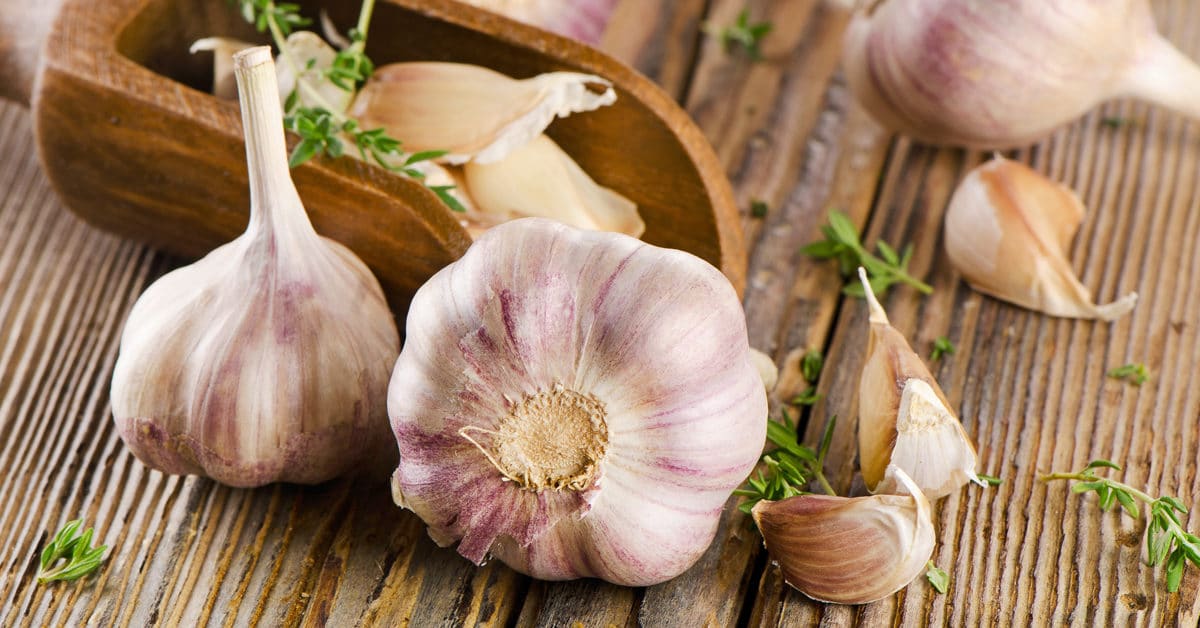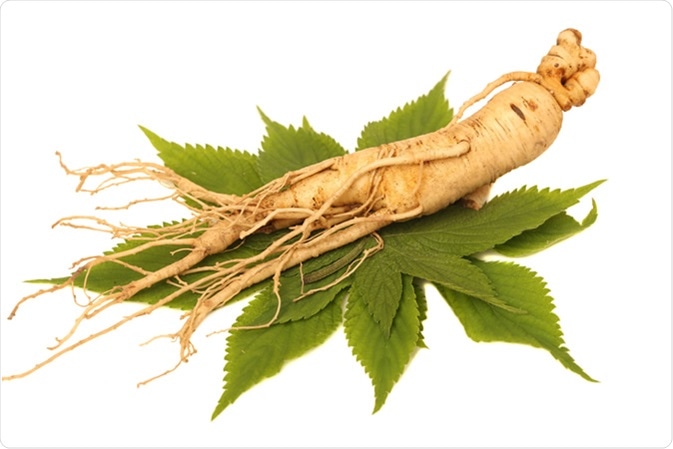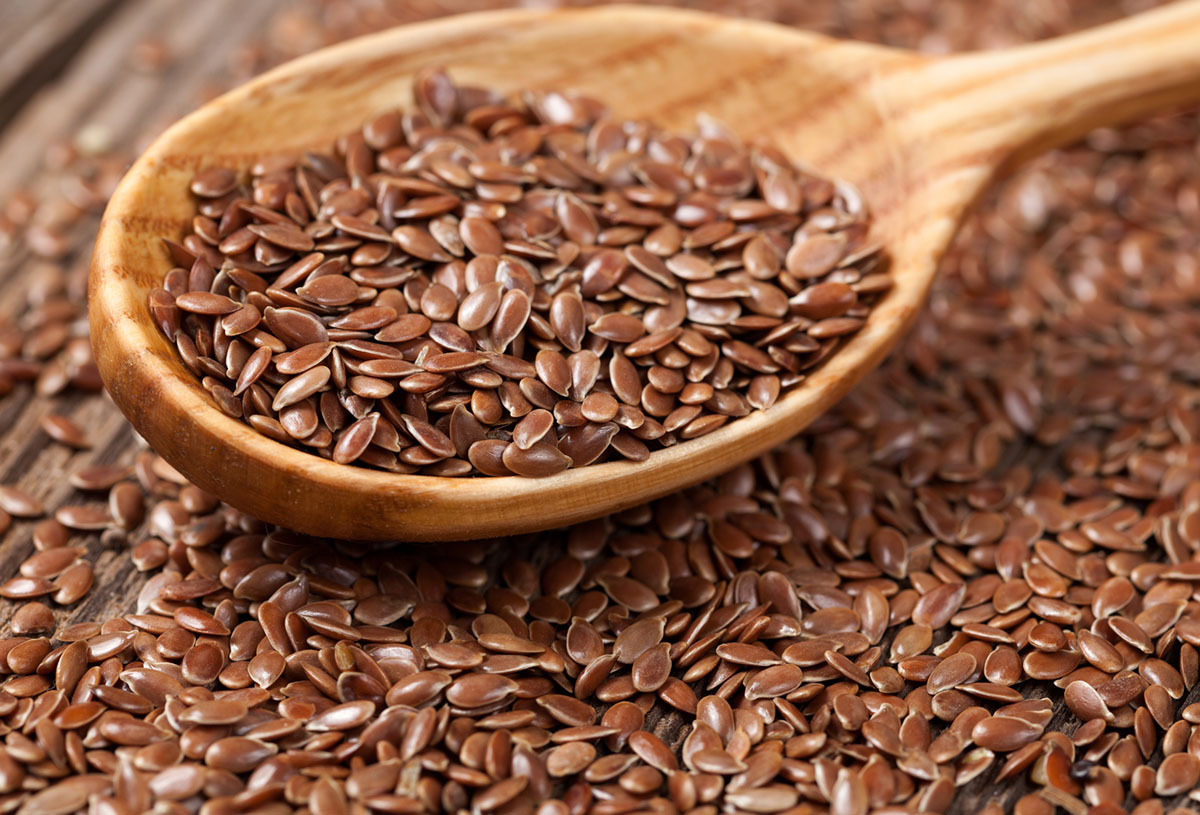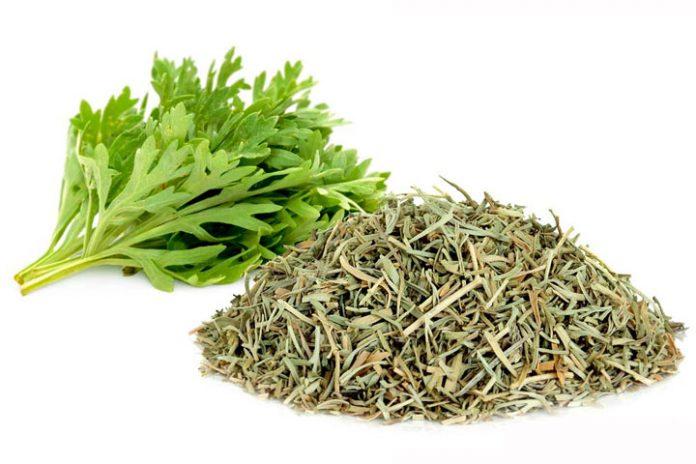Over the past 20 years, the incidence of breast cancer has doubled. Women die more often from this disease than from all other oncological diseases. These are the annual statistics of deaths from breast cancer. In most of these patients, the disease was detected late, incompatible with life. Even with all the efforts of doctors. An increase in the incidence of breast cancer is observed worldwide. About 1 million women fall ill every year in the world.
The female breast is a glandular organ that, during the period of the baby’s birth, has an important function of milk production and feeding. Young mothers do not always skillfully process and care for their breasts and for this reason they often encounter problems.
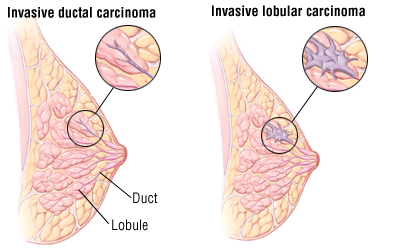
Of course, improper hygiene during feeding is not always the cause of the development of pathology, but this is one of the factors in the development of benign dysfunctions and gland seals:
- Mastopathy is characterized by the presence of many knotty seals in the tissue.
- Mastitis is an inflammatory disease of the glandular tissue and ducts of the gland (purulent, serous)
- Fibroadenoma is a benign tumor in the tissues of the mammary gland, consisting, as a rule, of fibrous connective tissue. Any of these pathologies can be confused with the onset of the oncological process.
What is breast cancer?
Breast cancer is an uncontrolled growth of breast cells. To better understand breast cancer, it helps to understand how any cancer can develop.
Cancer occurs as a result of mutations, or abnormal changes, in the genes responsible for regulating the growth of cells and keeping them healthy. The genes are in each cell’s nucleus, which acts as the “control room” of each cell. Normally, the cells in our bodies replace themselves through an orderly process of cell growth: healthy new cells take over as old ones die out. But over time, mutations can “turn on” certain genes and “turn off” others in a cell. That changed cell gains the ability to keep dividing without control or order, producing more cells just like it and forming a tumor.
A tumor can be benign (not dangerous to health) or malignant (has the potential to be dangerous). Benign tumors are not considered cancerous: their cells are close to normal in appearance, they grow slowly, and they do not invade nearby tissues or spread to other parts of the body. Malignant tumors are cancerous. Left unchecked, malignant cells eventually can spread beyond the original tumor to other parts of the body.
The term “breast cancer” refers to a malignant tumor that has developed from cells in the breast. Usually breast cancer either begins in the cells of the lobules, which are the milk-producing glands, or the ducts, the passages that drain milk from the lobules to the nipple. Less commonly, breast cancer can begin in the stromal tissues, which include the fatty and fibrous connective tissues of the breast.
HERBAL TREATMENT FOR BREAST CANCER
We offer here a mixture of seeds, roots and bark from Africa which prevent and cure all kinds of cancer (breast cancer, cancer of the liver, prostate cancer, thyroid cancer, cervical cancer uterus, kidney cancer, ovarian cancer) and cardiovascular disease. These plants are very little known to scientists and they have extraordinary qualities against cancer. Their use against cancer is much more effective than chemotherapy.
The objective of this treatment is to;
- Fighting cancer cells.
- To prevent cancer cells from spreading to other organs.
- To strengthen the body's defense against other diseases by strengthening the immune system.
- To increase the effect of chemotherapy and radiotherapy.
- To reduce side effects such as dizziness, headache, nausea, vomiting and weakness from illness, chemotherapy or radiotherapy.
IF YOU ARE A VICTI¨M OF CANCER, YOU HAVE COME TO THE RIGHT PLACE!! Click here to discover the product against ovarian cancer
Worldwide delivery!!!
Contact/whatsapp: +22990431725 For more informations
READ ALSO: OVARIAN CANCER: HEAL WITH THESE 4 HERBAL ROOTS
WHAT CAUSES BREAST CANCER?
- A cancerous tumor
It develops inside our body, from our own cells, which for some reason have mutated. Scientists all over the world have been struggling with the cause of cancer for several decades and come to the conclusion that the destructive mechanism of the disease triggers not one, but many factors.
Various factors play a role in the occurrence of breast cancer. The early onset of menstruation - up to 12 yrs- is unfavorable, as is the late onset after 55 years.
The female breast should fulfill all the functions assigned to it by nature. Namely, to feed children. The longer the lactation period, the lower the risk of breast cancer.
Sexual function per se is of fundamental importance: lack of sex life, later onset after 25-30 years, methods of contraception are also important. A woman should consult with a gynecologist - mechanical methods are especially unacceptable for women who are prone to the occurrence of hormone-borne diseases that contribute to the onset of a tumor.
Cancer is associated with metabolic disorders in the body of a woman. Overweight, obesity, diabetes mellitus - a list of negative factors also complement arterial hypertension and atherosclerosis, severe liver and thyroid diseases.
- Mastopathy
This belongs to the category of benign dishormonal diseases. They suffer a large number of women. It is believed that every second woman suffers from dishormonal disease. In fact, this is not so, it’s just that sometimes they are mistaken for the usual swelling of the mammary glands as a physiological factor before menstruation. Dyshormonal diseases are usually associated with impaired hormone metabolism associated with ovarian function, the period of their occurrence is from 25 years.
A tumor does not occur out of the blue. Development is preceded by changes in the mammary gland. Diffuse mastopathy is a background condition that can develop into a focal one. Patients should be observed by gynecologists, with some changes, surgical treatment is needed - the focus of mastopathy is cut out. There is another disease - intraductal papilloma. Symptoms are blood from the nipple, and surgery is also needed here. This is a cancer warning - the identification of precancerous diseases and their treatment.
WHAT ARE THE SIGNS OF THIS PATHOLOGY?
- Perhaps the presence of pain.
- A visual inspection reveals a clear asymmetry and a change in shape.
- In the halo area, ulceration, peeling, or crusting may be present.
- Sensation of pain in the armpit (regional lymph nodes)
- Discharge from the nipple (provided that you are not a nursing mother) of a different nature, especially bloody
- Hyperemia of the skin and swelling. All these symptoms indicate a terrible cancer. If you find at least one of these symptoms during an independent examination, do not delay visiting a doctor. Diagnosis of breast cancer: how to determine breast cancer?
DIAGNOSTIC METHODS OF BREAST CANCER
Up to 45 years, a woman should undergo an ultrasound every year, after which a mammogram is recommended. Glandular tissue is denser than fatty tissue, and after 45 years it turns into fatty tissue and radiation is retained in this tissue. As an early diagnosis after 45 years, mammography is recommended to all women once a year. Depending on the structure of the mammary gland, a re-examination after 1.5-2 years or after 6 months.
There are risk groups for women who need to examine the mammary glands, primarily women with a hereditary predisposition, with precancerous conditions and benign tumors.
- Mammography allows you to clearly determine the malignant potential of the tumor and identify its smallest foci.
- Ultrasound is a more harmless and affordable method than x-ray examination. It can be performed on a woman of any age, an unlimited number of times. Ultrasound can distinguish benign mammary glands, reveal a malignant tumor, but does not see a microcarcinoma. Ultrasound is recommended for women under 35 years old - a detection rate of 87%. The combination of mammography and ultrasound gives almost 100% detection. Ultrasound is also applicable when examining axillary fossae to search for breast cancer metastases in the lymph nodes. This, in turn, distinguishes the method from mammography.
- A biopsy method helps to analyze the cellular composition, to distinguish a benign tumor process from a malignant one . It is carried out both by itself and under the supervision of ultrasound or mammography. Thanks to the method of puncture biopsies, it is possible to detect early cancer when there is no metastasis and palpable formations - that is, when neither doctors, nor women, nor other methods can detect it.
- Ultrasound diagnostics and its varieties (Elastography) is a method for examining soft tissues, but ultrasound does not determine calcifications and bone removal, therefore, it is used in combination with other research methods. Recommended for patients aged 18 to 45 years.
- MRI or magnetic resonance imaging is the most informative non-invasive diagnostic method, as it allows you to layer-by-layer examine the compaction images. However, due to the high cost of the study, it is carried out in exceptional cases.
- A radioisotope study is carried out by introducing radioisotopes into the bloodstream and, using an X-ray, determine the place of their accumulation (often radioisotopes tend to accumulate in tumors, depending on its characteristics of blood supply and hormonal activity).
- Puncture is an invasive diagnostic method that allows you to send part of the tissue seal for histological examination, to determine the type of cells that form this seal (if necessary, performed by an oncologist, including the district counseling in our clinic).
- General clinical examination methods (blood tests for hormones, a general blood test, etc.). The type of examination and its need is determined by your consulting doctor.
RISK FACTORS
There is a list of risk factors that affect the likelihood of a tumor, however, some are diagnosed with the disease in the absence of these factors, while others remain healthy if many of them are present. However, scientists still associate the development of breast cancer with certain circumstances:
- elderly age
- uncontrolled use of hormonal drugs
- breast injuries
- history of breast cancer
- a diagnosed breast cancer in a relative
- exposure to radiation, electromagnetic fields, microwave
- overweight, hypertension
- early onset of menstruation and later on - menopause
- absence of children or late birth (after 35 years) first birth
- abortion of the first pregnancy
- refusal of breastfeeding
- smoking and alcohol abuse
- diabetes mellitus, hypothyroidism
- Scheduled work with night shifts.
Stages of the disease
The first stage of the disease is a single tumor up to 2 cm in size, which does not have regional metastases. They are located in the lymph nodes, in the immediate vicinity of the affected organ - in the axillary fossa.
The second stage of the disease - the tumor is small, up to 2 cm or slightly larger, but often having a single metastasis in the axillary fossa. The more cancer is in the body, the more actively its harmful cells travel through our body. And they can be fixed in any of its organs. So cancer metastasizes.
The third stage of the disease is more diverse. It can be a small tumor, not reaching 3-4 cm, but having multiple metastases in the armpit. In some forms, the entire mammary gland is affected, and the cancer is not palpable. Or a nodular tumor from 5-10 cm in size is also the third stage of the disease.
The fourth stage of the disease - the most dangerous stage - a tumor of any size, with metastases to other organs and tissues: bones, liver, lungs, brain. This stage of cancer most often makes doctors powerless.
Breast Cancer Prevention
Since cancer is a multifactorial disease for prevention, you should know the following:
-
Perform a self-examination of the mammary glands in the first phase of the menstrual cycle.
- Visit your gynecologist or examination room regularly (mammologist if necessary).
- Do not abuse hormonal drugs of emergency contraception (postinor, escapel).
- If possible, continue breastfeeding for as long as possible.
- Control your weight and physical activity.
- Get rid of bad habits (smoking, excessive drinking of coffee).
- Balance your sex life.
Try to prevent situations that cause chronic stress.
Medical Treatment For Breast Cancer
From the timely visit to the doctor, some patients are restrained by self-confidence and vain hopes of self-healing, others - by mistrust of doctors and, on the contrary, blind faith in other, alternative medicine. No conspiracy, miraculous ways to cure a malignant tumor is impossible. This delays the prehospital phase and does not have a positive effect.
Late treatment is also a mortal fear of illness and treatment. Fear of losing breasts can deter women from early treatment. Women should understand that such thoughts do not prevent the removal of the mammary gland, but only bring it closer. By delaying you, you and your doctors lose the chance to save your chest.
The smaller the stage of the disease, the less treatment in duration and intensity. At the first stage, organ-preserving operations are performed , tissue is transplanted - then it is possible to save the breast and cure the malignant formation.
In some cases, breast removal can be avoided. This is a trauma for a young woman, therefore, the sooner she turns to a doctor, the less aggressive the treatment methods will be. If the tumor is small and there are no metastases, the focus is removed, radiation therapy, chemotherapy are performed . But the chest remains.
A later stage of the disease requires more serious interventions. Here, radiation therapy remains an element of the complex effect on the tumor, which acts locally on the foci of the tumor. In terms of surgery, a complete removal of the mammary gland and regional lymph nodes is carried out.
The surgical stage is one of the main ones. But the idea of breast cancer as an isolated tumor is a mistake. The development of distant metastases is the cause of death without treatment. Therefore, the use of chemotherapy is extremely important. Cancer is a systemic disease, only surgery does not affect metastases.
Of course, chemotherapy is not harmless not only for cancer cells, but also for the human body as a whole. But this is an inevitable sacrifice in the name of life. Side effects of chemotherapy are nausea after the administration of the drug, hair loss is what women are afraid of. But then the hair will return, and from nausea there are special preparations. Sometimes chemotherapy remains the only way to treat cancer if, for whatever reason, surgery is not possible.
In some cases, hormone therapy helps to influence the development of the tumor in the body . It is carried out taking into account the hormonal sensitivity of the tumor in the patient. If it is sensitive, oncologists prescribe therapy - treatment is aimed at blocking the action of sex hormones so that the tumor grows less.
And only multicomponent complex treatment makes it possible to achieve results and cure the patient. This is difficult both for the doctor and for the patient who is forced to be treated. Oncologists gave this period their medically “tough” definition - “5-year survival”. The earlier breast cancer is detected and treated, the greater the woman's chances of recovery. If the disease is detected in the first stages, in 95% of cases, patients overcome the threshold of 5-year survival. Stage 3 cancer halves this percentage. In the 4th stage, we can only talk about extending life.
Patients should come for examinations regularly. Malignant tumors can renew in other organs and tissues. It is necessary to undergo regular monitoring, during the first year of treatment - an examination every 3 months. After 2 pet - under the supervision of district doctors.
The return of the disease is an undesirable but possible development of the situation after a course of treatment for breast cancer. And a woman should be ready for this. There is an arsenal of funds for the treatment of relapse and metastases. It gives its results. If left untreated, the result and prognosis are much worse.
Women treated for breast cancer have a risk of relapse. But this does not mean that they must spend the rest of their lives waiting for him.
The patient’s attitude plays a huge role in the outcome of the disease, the support of relatives is important, so that the spouse and friend understand and support at the difficult stage of life.
HERBAL TREATMENT FOR BREAST CANCER
1. Green tea

Research from the University of California revealed that it can help prevent or slow the growth of breast cancer, thanks to its high content of polyphenols, antioxidant substances that protect against cell damage. Epigadocatechin gallate would be the chemical responsible for its anticancer effect and for modifying the metabolism of estrogens.
2. Siberian ginseng

Siberian ginseng, also known as eleutherococcus, is considered an adaptogen, a term used to describe substances that help the body adapt to different factors that cause stress. The herb's components are believed to bind to estrogen and progesterone receptors and block tumor activity, in addition, it would stimulate the production of T cells responsible for destroying cancer cells.
3. Soy

It has a protective effect, but to prevent breast cancer, the ideal would be to add a moderate amount to the diet (for example, 20-60 gr of soy per day). Purified isoflavone supplements are not recommended as it is not known whether they have the same effects as whole soybeans.
4. Astragalus
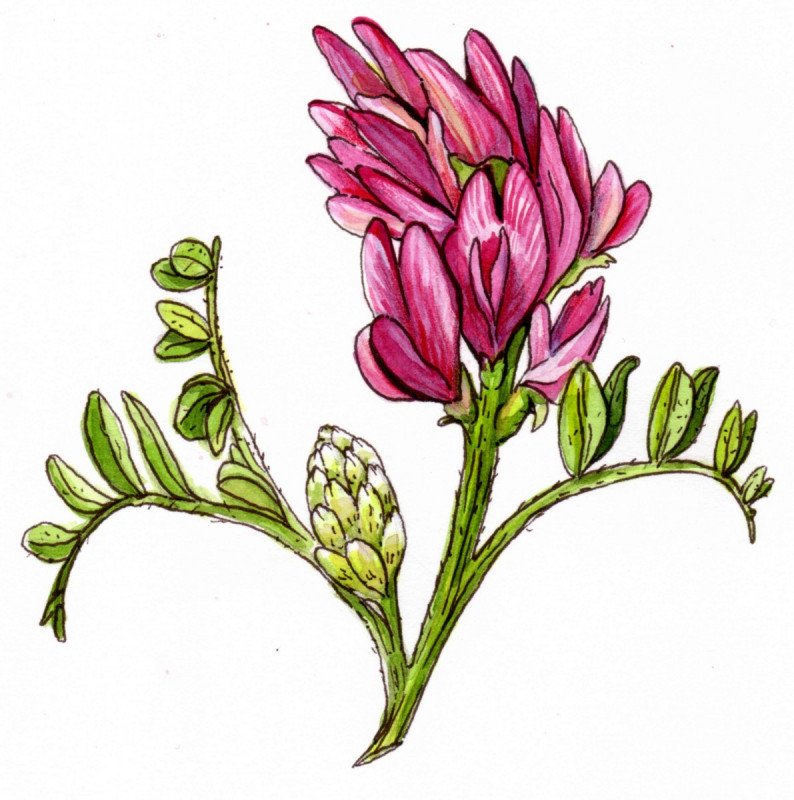
In traditional Chinese medicine, astragalus is used in the treatment of various diseases, including cancer and disorders of the immune system, although its anti-cancer properties have not been conclusively demonstrated. By activating the immune system, astragalus is believed to help prevent the development of cancer cells.
5. Peanut
Research from the State Cancer Institute of Colima, Mexico, showed that eating 30 grams of natural peanuts at least once a week reduces the risk of breast cancer three times. Its antioxidants, beneficial fatty acids and flavonoid substances protect against disease.

6. Cat's claw
The use of cat's claw is said to date from the Inca civilization and among its uses it would highlight the fight against cancer. The natives cooked the bark and root to obtain a concoction that would help boost the immune system and thereby protect the body from cellular damage caused by inflammation. Study from the University of Salerno in Italy, report that cat's claw inhibits the proliferation of breast cancer cells by up to 90%
7. Garlic
Garlic was used as a natural medicine long before it was a condiment. The National Cancer Institute reports that several demographic studies show that there is a relationship between increased consumption of garlic and a reduction in the risk of certain types of cancer, including breast cancer. Its protective effects would derive from its properties to block cancer-causing substances and to improve DNA repair.
IF YOU ARE A VICTI¨M OF CANCER, YOU HAVE COME TO THE RIGHT PLACE!! Click here to discover the product against breast cancer
Worldwide delivery!!!
Contact/whatsapp: +22990431725 For more informations





